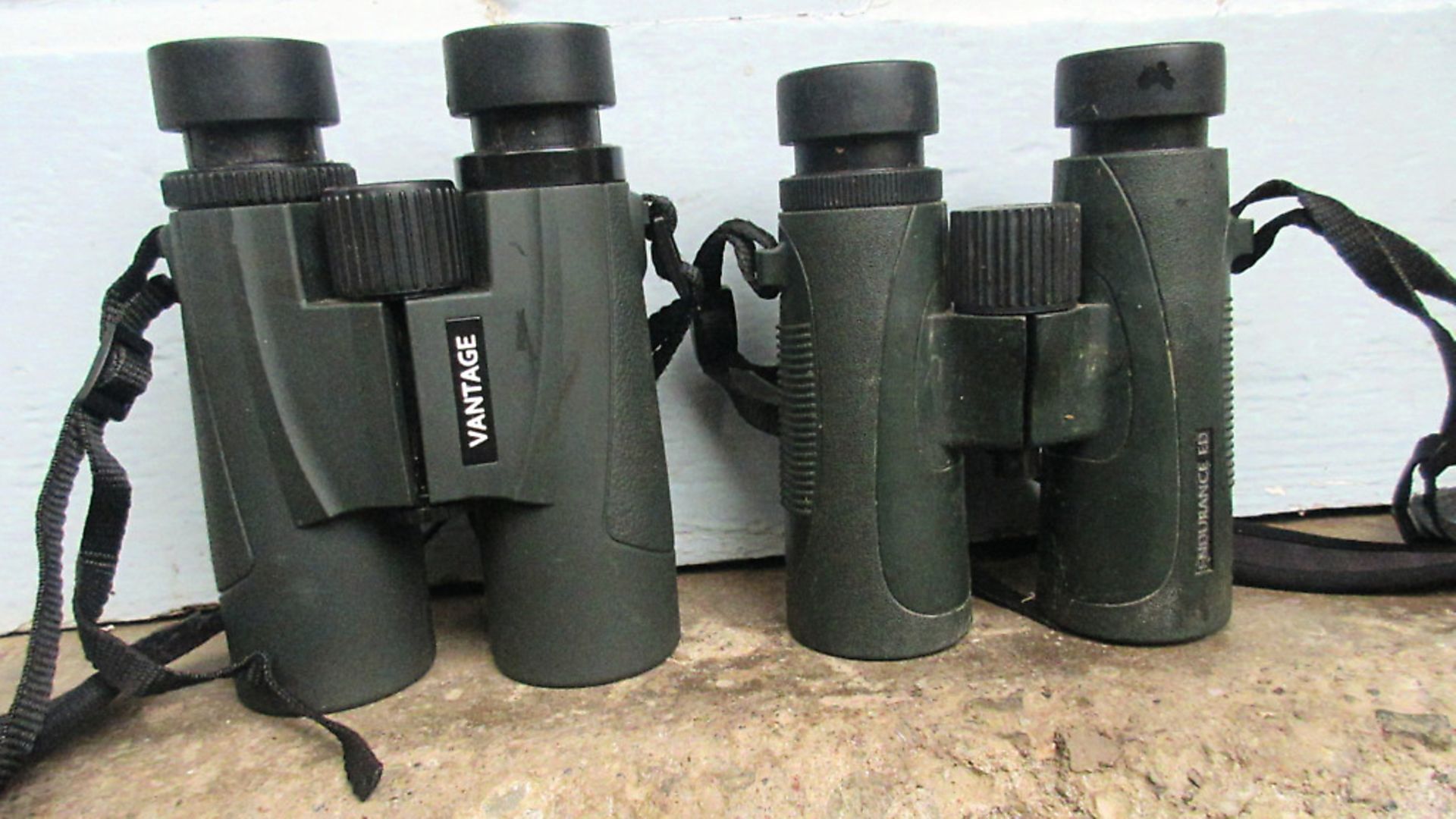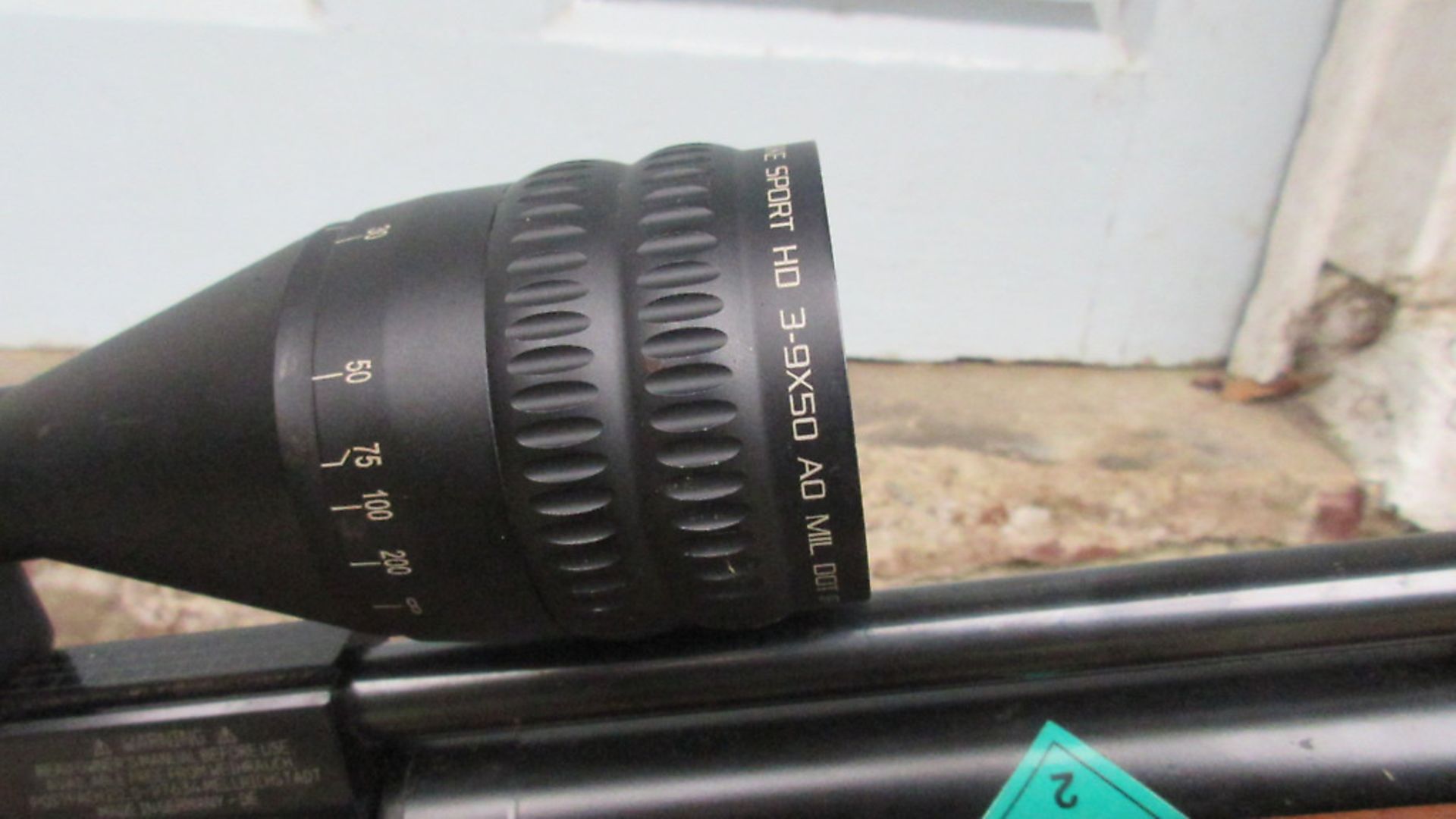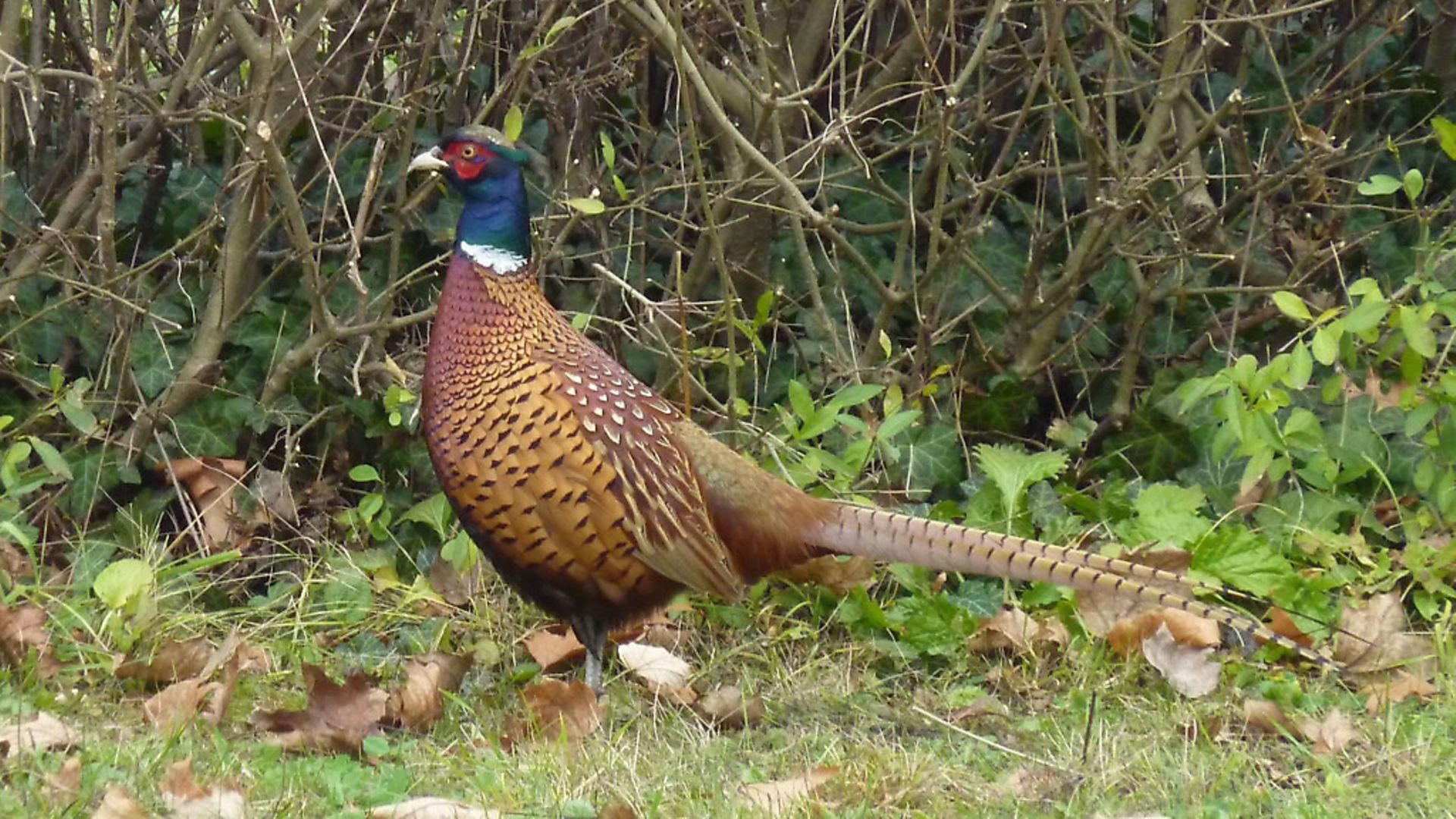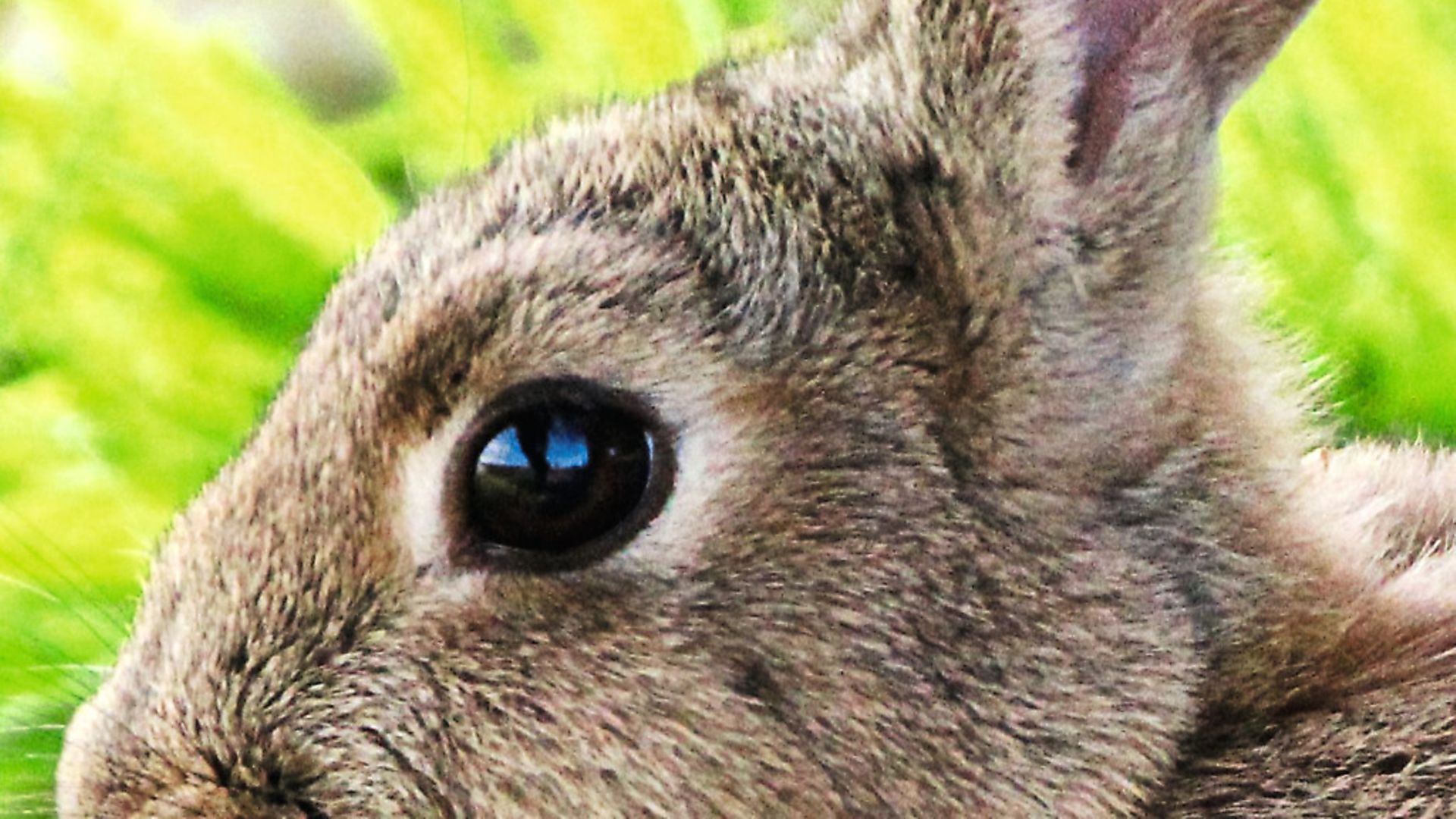Charlie Portlock reveals his tips for shooting at day’s end
 credit: Archant
credit: Archant
Dusk (aka ‘the dimmet’) is special time of the day. It represents a transitional point for all species that require sunlight to see, but it’s also beautiful, quiet and slightly menacing. For our ancestors, the darkness would have held many dangers and few opportunities and there’s still something very comforting in coming home to a warm fire and the smell of stew cooking after a long, damp stalk along the gloaming hedgerows. It’s a time when roosting birds wisely choose their perch, and when foxes begin to prowl in search of those mammals feeding in the relative safety of failing light. At this time of year, I can almost set my watch by the mice who emerge at nightfall from the luxurious warmth of my wall cavities. Dusk is both a time of change and of opportunity.
Reason
For the airgunner, it’s useful to note the time of dusk because it can maximise our field time and ensure that we’re not venturing out too early, or staying in one place too long. When we head out, we normally have an objective in mind; a place where we know our quarry will be active. Whether we’re trying to reach a bait point, a hedgerow, a barn or a certain patch of woodland, we want to arrive in good time to shoot. If the wind changes direction upon us, or if countryside users divert us, then we can sometimes arrive too late to see and thus to shoot, so timing is crucial.
 credit: Archant
credit: Archant
Conversely, it’s easy to allow enthusiasm to get the better of us and to head out too early. We all have a threshold for concentration, patience and discomfort, and if we’re going to be effective in the field, we need to be self-aware enough to know that we’re at our best for a certain amount of time. There’s little point in arriving at a warren too early and then moving position from boredom just as the light reaches the perfect level. Squirrels behave in much the opposite way and require certain levels of light to be active, so it’s exceptional for them to be out around dawn and dusk unless the weather has made feeding difficult for them. Squirrels, like all mammals, are drawn to the sun and on bright mornings after rain, late rabbits and early squirrels can be seen side by side even if, generally speaking, their cross-over time is minimal.
The Window of Opportunity
There are three kinds of twilight and dusk. Depending on the time of year, you’ll have a set amount of shootable light every day. This will vary depending on your geography because some of your permissions might be north- or east-facing, meaning that they’ll be darker earlier.
 credit: Archant
credit: Archant
Civil Twilight and Dusk - Fading
Civil twilight is the time between sunset and the moment that the sun sits exactly 6 degrees below the horizon. At that point you have civil dusk. During this period you begin to notice that the light is clearly fading, but there’s still plenty of light to see by.
Nautical Twilight and Dusk - Failing
Nautical twilight is the period when the sun is between 6 and 12 degrees below the horizon. Nautical dusk is the moment that the sun reaches the 12-degree mark.
 credit: Archant
credit: Archant
Astronomical Twilight and Dusk - Forgotten
This is when the sun sits between 12 and 18 degrees below the horizon. There will still be a whisper of light in the sky, but your eyes may well be watering with the effort to see. The most expensive optics can be murky, even on low magnification, and you’ll either be reaching for the lamp or the headtorch.
For plotting exact times throughout the calendar year, you can use the website ukweathercams.co.uk. From civil to nautical dusk you probably have a maximum of around one and a half hours of usable light depending on the season.
Kit
For low-light shooting I use a scope with a large objective for extra light gathering, and an illuminated reticle. As I often stalk much closer to rabbits in failing light, I can also afford to dial down the magnification to ‘John Darling’ (x4). This is the context where more expensive optics really shine and although my rangefinder is almost useless after sunset, my mid-level binoculars (Hawke Endurance) are significantly better than my entry-level ones (Hawke Vantage). I’d estimate that good optics will add 20 minutes or even more to your effective shooting time over cheaper options. I’m also sure that wearing my glasses – I have an astigmatism – extends my shooting time further. It certainly stops me from spending 20 minutes stalking logs, which happens more often than I’d care to admit.
Going organic
The Internet is a great resource for calculating light levels for each calendar day, by consulting an online database, but it’s not really fieldcraft. Our quarry, like many other species, very likely monitor the activity of the wider ecosystem and use this information to inform their own behaviour. For example, when woodpigeon are roosting and sounding their cooing call, this is a signal that an area is settled and not alarmed. Most species will find this reassuring. Paying attention to other animal activity will also reveal the ways in which light levels affect behaviour.
Pheasants are a useful species here. If they’re down on the ground and feeding it’s probably because they deem it safe enough to do so. If the pheasants are out then the squirrels won’t be long to follow. Similarly, when roosting time begins, it’s likely that greys will be heading back to their dreys. If squirrels are your goal then you should probably have been heading home a while ago. The best time for spotting wary dusk rabbits begins when pheasants begin their roosting/territorial calls up to the point when there are none left on the ground. In summer, bats tend to emerge at nautical or astronomical twilight, and you should aim to be in position for rabbits long before these winged predators begin their nocturnal hunt.
Sensory worlds
It always useful to try to place ourselves into the sensory world of our quarry. It’s a place where darkness conceals great danger and where cover and shadow are at once refuge and deathtrap. Once we understand this, it becomes much easier to explain why certain areas are more active at key times and places. Prey species have evolved through natural selection to evade certain kinds of predation. This means that their camouflage is most effective at certain times of day and under certain light conditions. It also means that their vision is most effective for detecting predators at particular light levels. Both rabbits and squirrels have monocular vision which yields a wide – almost 360 degree – but murky field of perception. Raptors, foxes, cats and humans have binocular vision. We see a combination of two sight pictures in combination and this gives us a narrow field, but better depth perception and visual clarity. The relationship between these respective characteristics is underpinned by senses of smell and hearing as well as weather, learning and light. These are all factors affecting survival, and having them in our minds when in the field will make us all the more effective because we’ll continually be appraising how we’re being perceived, based upon ever-changing environmental factors.
Conclusion
There are many variables at work when trying to predict quarry behaviour. It’s possible to see rabbits grazing in the middle of the day and squirrels foraging deep into the dusk, and there are no stone-carved rules for when or where to go in order to make the best use of our time afield. However, light affects all of the natural world, from the smallest mushroom to the most venerable oak, and it very likely provides the baseline from which all other natural activity is derived.
There’s always a tipping point when watching a warren at dusk. There’ll be one or two individuals about before sunset – perhaps a long time before – but there’s a moment when the community suddenly feels that it’s safe to come out, to risk a venture from cover and into areas of improved grazing, and this is when our opportunities really begin to present themselves. If we can take the time to observe how and exactly when the darkness rises, then we can predict when that pivotal moment will come. Even if we’re left lying in a cold, dark field with a growling stomach, at least we’ll know exactly what time we’ll be back for dinner.
__________________________________________________
Read more from Charlie Portlock...
Hunting rats in the walls
8 top tips for finding ground to shoot on
Why it is important to know how different shooting positions affect accuracy